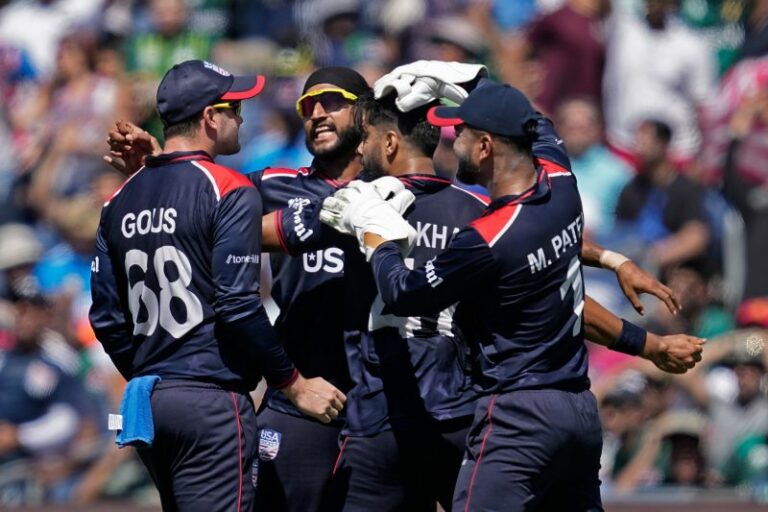The Role of Technology in Umpiring Decisions in Cricket
Online Cricket ID, Play99exch: The Decision Review System (DRS) has become an integral part of modern cricket, aiming to minimize errors in umpiring decisions. Through the use of technology such as ball tracking and ultra-edge, the DRS assists on-field umpires in making more accurate calls on contentious moments during matches. This system has been praised for its ability to provide a more objective and fair assessment of key decisions, ultimately enhancing the credibility of the game.
While the DRS is largely effective in resolving disputes and ensuring better accuracy in decision-making, there have been instances where controversies arise over the interpretation of technology-generated outcomes. Critics argue that the margin of error in ball tracking and ball-to-wicket impact detection can lead to inconclusive results, leaving room for subjectivity in the final decision-making process. Despite its advantages, the DRS continues to be a topic of debate among players, coaches, and fans regarding its accuracy and impact on the outcome of matches.
The Debate Surrounding Umpire’s Call in DRS
One of the key points of contention in the cricketing world centers around the concept of the umpire’s call in the Decision Review System (DRS). The unique feature of the DRS, whereby the original on-field decision of the umpire is upheld if the technology shows only a marginal portion of the ball hitting the stumps, has sparked heated debates among players, coaches, and fans alike.
Proponents of the umpire’s call argue that it maintains the integrity of the game by respecting the on-field umpire’s decision and preventing excessive overturning of calls based on minute margins. However, critics contend that this system can lead to inconsistencies and undermine the purpose of using technology to ensure accurate decision-making in cricket. The ongoing discussions surrounding the umpire’s call in the DRS highlight the complexities and nuances involved in the quest for precision and fairness in the sport.
What is the Decision Review System (DRS) in cricket?
The Decision Review System (DRS) is a technology-based system used in cricket to help on-field umpires make more accurate decisions by allowing teams to challenge umpire decisions.
How accurate is the Decision Review System in cricket?
The Decision Review System (DRS) has been shown to be quite accurate in determining the correct outcome of umpire decisions, with many contentious decisions being overturned upon review.
What is Umpire’s Call in DRS?
Umpire’s Call is a term used when a review shows that the on-field umpire’s decision was close to being correct, but not definitive enough to overturn the decision. In such cases, the on-field decision stands.
Why is there a debate surrounding Umpire’s Call in DRS?
The debate surrounding Umpire’s Call in DRS stems from the notion that it can lead to inconsistencies in decision-making, as some decisions that are marginally incorrect according to technology are allowed to stand based on the original on-field call.
Should Umpire’s Call be removed from the Decision Review System?
This is a topic of ongoing debate in the cricketing community, with some arguing that Umpire’s Call adds a level of human element to the game, while others believe that it leads to inconsistencies and should be removed for more accurate decision-making.






